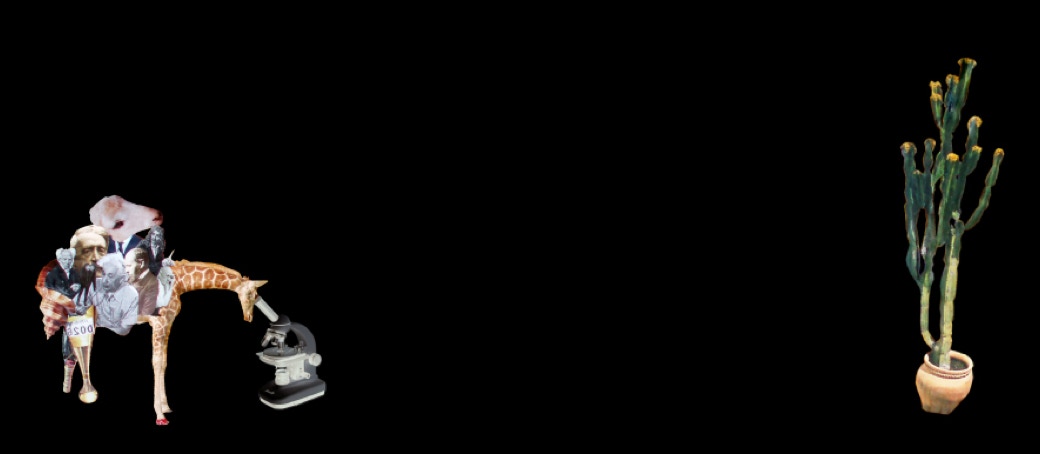Spanish Archaeological and Archaeobiological Mission at Sharjah
Back
NOTICIAS - NEWS
HISTORY
RESEARCH
TEAM
Archaeological
SITES
Working
AREA
HISTORY of the INVESTIGATIONS of the Spanish Mission at SHARJAH
HISTORIA de la INVESTIGACIÓN de la MISIÓN ESPAÑOLA en SHARJAH
The presence of the Universidad Autónoma de Madrid (UAM) in Sharjah began in 1994 when a team of Spanish and French researchers, led by J. Mª Córdoba and M. Mouton, began to work in the southeast Arabian Peninsula. The region, which is currently referred to as the Oman Peninsula (the United Arab Emirates and Oman), was called Magan in ancient Mesopotamian texts. In 1996, the project was consolidated under the sole direction of J. Mª Córdoba and under the name The al Madam Project (Sharjah, United Arab Emirates). Peasant communities and oasis culture during the Iron Age in the Oman Peninsula. The project has always counted on the priceless support of the Sharjah Archeology Authority (SAA), led by S.A. Jasim, the assistance of Eisa A. Yousif, Director of Excavations & Archaeological Sites and is under the auspices of HH Dr. Sultan bin Mohammed al Qasimi.
Since 2017, the UAM team has been led by C. del Cerro, who requested that the al Khudairah necropolis be included as a study area in May 2019. Once the proposal was accepted by the SAA, a new team was formed naturally as the addition of historians, archaeologists, and biologists became necessary. For this reason, and faced with the possible discovery of many tombs and the need for a large group of biologists permanently on the team, the UAM archaeological mission was transformed into the Spanish Archaeological and Archaeobiological Mission at Sharjah (SAAMS) in 2020. The inauguration of this new project unites both worlds (the one started in 1994 and that launched in 2020) and has been called The al Madam-al Khudairah Project. Life in the Oasis-Death on the Hills. The al Madam-al Khudairah Project does nothing more than consolidate and give visibility to a collaboration that has been operating for decades. It brings together three UAM research centers: the Center for Higher (or Advanced) Institute for Ancient Near and Egypt Studies (C. del Cerro, Department of Ancient History, Medieval History and Paleography and Diplomatics), the Laboratory of Past Populations (A. González and O. Cambra, Biology Department), and the Laboratory of Archaeozoology (A. Morales and E. Roselló, Biology Department).
.o0o.
La presencia de la Universidad Autónoma de Madrid en el Sharjah comenzó en 1994, cuando un equipo hispano francés, dirigido por J. Mª Córdoba y M. Mouton, comenzó a trabajar en el sureste de Arabia, en la región que los antiguos textos mesopotámicos llamaban Magan y que actualmente denominamos Península de Omán (es decir, Emiratos Árabes Unidos y Omán). En 1996 el proyecto se consolidó bajo la dirección única de J. Mª Córdoba y con el nombre de El Proyecto al Madam (Sharjah, Emiratos Árabes Unidos). Las comunidades campesinas y la cultura de los oasis durante la Edad del Hierro en la Península de Omán, contando siempre con el apoyo incondicional del director de la Sharjah Archaeology Authority (SAA), Sabah A. Jasim, la ayuda de Eisa A. Yousif, director de excavaciones y yacimientos arqueológicos, y bajo el amparo de SA el Dr. Sultan bin Mohammed al Qasimi.
Desde 2017 el equipo de la UAM es dirigido por C. del Cerro que solicitó la inclusión de la necrópolis de al Khudairah como zona de estudio en mayo de 2019. Aceptada la propuesta por la SAA un nuevo equipo quedaba naturalmente conformado, pues la unión de historiadores y arqueólogos, y biólogos se hacía necesaria. Por esta razón, y ante el posible hallazgo de un gran número de tumbas y la necesidad de un nutrido grupo de biólogos fijos en el equipo, la misión arqueológica de la UAM se transformó en 2020 en la Misión Arqueológica y Arqueobiológica Española en Sharjah (SAAMS), con la inauguración de un nuevo proyecto que aunara ambos mundos (aquel iniciado en 1994 y el estrenado en 2020) y que ha sido denominado Proyecto al Madam-al Khudairah. Vida en el oasis-muerte en las colinas. El proyecto al Madam-al Khudairah, no hace más que consolidar, y dar por fin visibilidad, a una colaboración que funciona desde hace décadas, la que reúne al tres Centros de Investigación de la UAM: el Centro Superior de Estudios de Próximo Oriente y Egipto (C. del Cerro, Departamento de Historia Antigua, Historia Medieval y Paleografía y Diplomática), el Laboratorio de Poblaciones del Pasado (A. González y O. Cambra, Departamento de Biología), y el Laboratorio de Arqueozoología (A. Morales y E. Roselló, Departamento de Biología).
.o0o.

